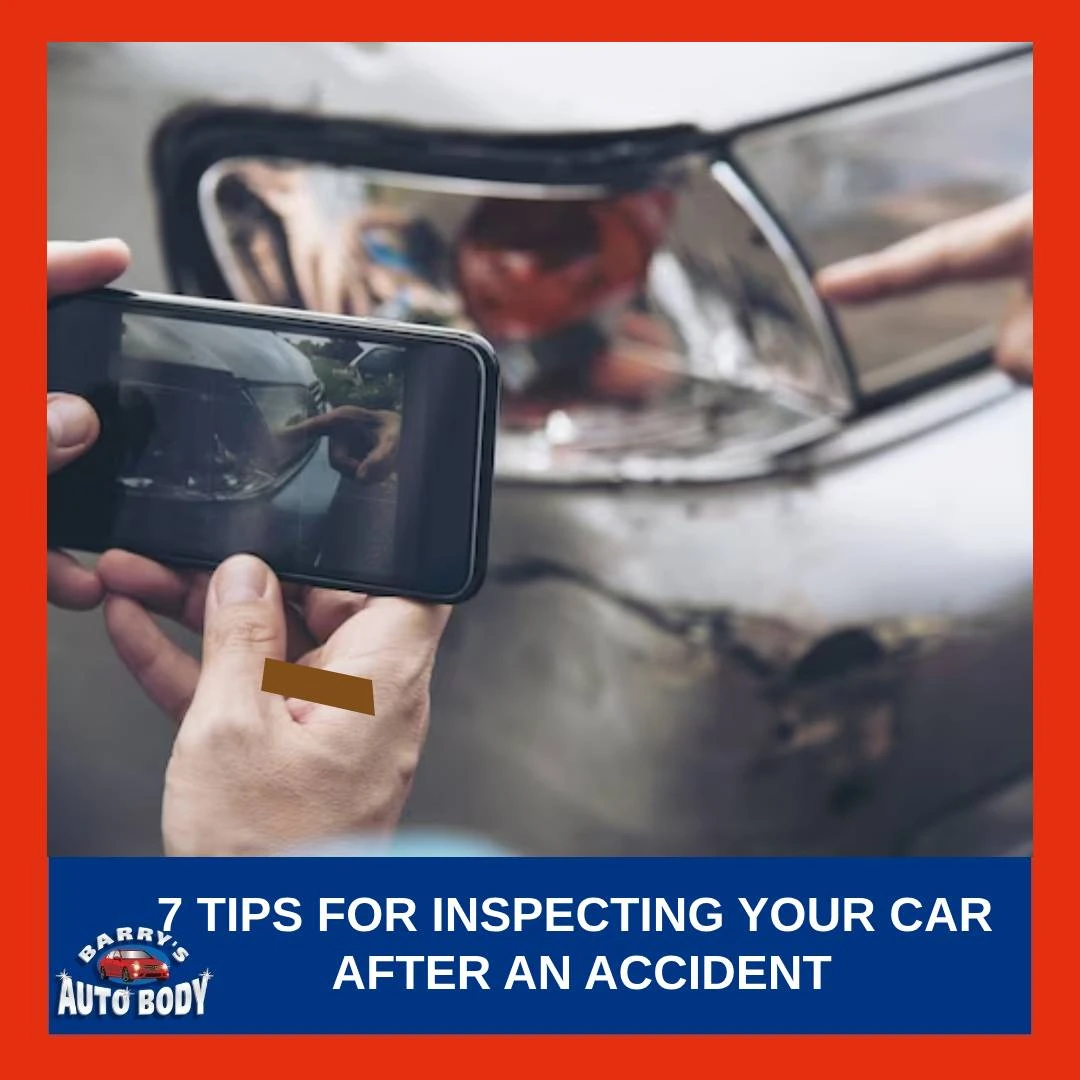Car accidents can be unsettling experiences, and while the immediate aftermath often involves addressing personal safety and exchanging information, inspecting your vehicle thoroughly is crucial. Hidden damages may not always be visible, and a comprehensive post-accident inspection is essential for your safety and plays a significant role in ensuring the accuracy of insurance claims. In this guide, we’ll provide eight tips for inspecting your car after an accident to help you make informed decisions about necessary repairs and insurance claims.
1. Safety First: Initial Steps After the Accident
Before delving into the inspection process, it’s crucial to prioritize safety. After an accident, ensure everyone involved is safe and seek medical attention. Once the immediate safety concerns are addressed, exchange information with the other parties involved and contact the necessary authorities. Now, let’s focus on the crucial task of inspecting your vehicle.
2. Exterior Inspection: What to Look For
Start your inspection by closely examining the exterior of your vehicle. Look for visible damages such as dents, scratches, and paint damage. Pay attention to details – damages that may seem minor could have underlying issues. Document the damages with photographs from various angles; this documentation will be valuable when dealing with insurance claims. If there are witnesses to the accident, consider obtaining their contact information, as their statements may also be helpful during the claims process.
3. Under the Hood: Assessing Engine and Mechanical Components
Moving beyond the visible exterior damages, checking under the hood for any signs of damage to the engine and mechanical components is essential. Open the hood and inspect the engine bay. Look for visible leaks, damage to hoses, and any displaced or damaged engine components. Check fluid levels, including oil, coolant, and brake fluid. If you need to become more familiar with these components, it’s advisable to seek professional help for a more thorough examination.
4. Checking the Frame: Identifying Structural Damage
Your vehicle’s frame is its structural backbone, and any damage to it can compromise safety and performance. To assess the frame, inspect it visually for irregularities, such as bends or crumpling. Pay attention to the vehicle’s alignment; if it appears uneven or misaligned, it could indicate frame damage. However, keep in mind that some frame damage may not be visible to the naked eye. If you suspect structural damage, it’s crucial to have your vehicle professionally inspected to ensure an accurate diagnosis.
5. Interior Inspection: Ensuring Safety and Comfort
While the exterior of your vehicle might bear the brunt of a collision, it’s essential not to neglect the interior. Check the functionality of safety features like airbags. Even if they did not deploy, their sensors may have been affected. Inspect the dashboard for cracks or other damages and the seats and seat belts for any signs of stress or tearing. Report even minor interior damages, as they contribute to the overall assessment of your vehicle’s condition for insurance claims.
6. Test Drive: Assessing Performance and Handling
Before declaring your vehicle roadworthy, performing a test drive is crucial. However, exercise caution and choose a controlled environment to assess the car’s drivability. Listen for any unusual noises, pay attention to how the vehicle handles, and check for any pulling to one side, which could indicate alignment issues. Test the brakes for responsiveness and ensure no vibrations or unusual sensations while driving. If you notice any issues during the test drive, seek professional assistance to diagnose and address them promptly.
7. Seeking Professional Assessment: The Importance of Expert Opinion
While a DIY inspection is a crucial first step, some damages may be subtle or hidden from plain sight. Seeking a professional assessment from a certified mechanic or auto body repair specialist is a crucial seventh step in the post-accident inspection process. These professionals have the expertise and tools to identify damages that may not be immediately apparent and can comprehensively evaluate your vehicle’s condition. Even if your initial inspection doesn’t reveal significant issues, a professional assessment adds an extra layer of assurance and can prevent unnoticed problems from escalating over time. When in doubt, consulting with a qualified professional ensures that your vehicle is thoroughly examined and any necessary repairs are addressed promptly.
In conclusion, inspecting your car after an accident is a multifaceted process that involves assessing both visible and hidden damages. By following these seven tips, including seeking a professional assessment, you empower yourself with the knowledge to make informed decisions about repairs and communicate effectively with insurance providers. Remember, even seemingly minor damages can have underlying issues, so a thorough inspection and professional expertise are in your best interest. Stay safe on the road!

